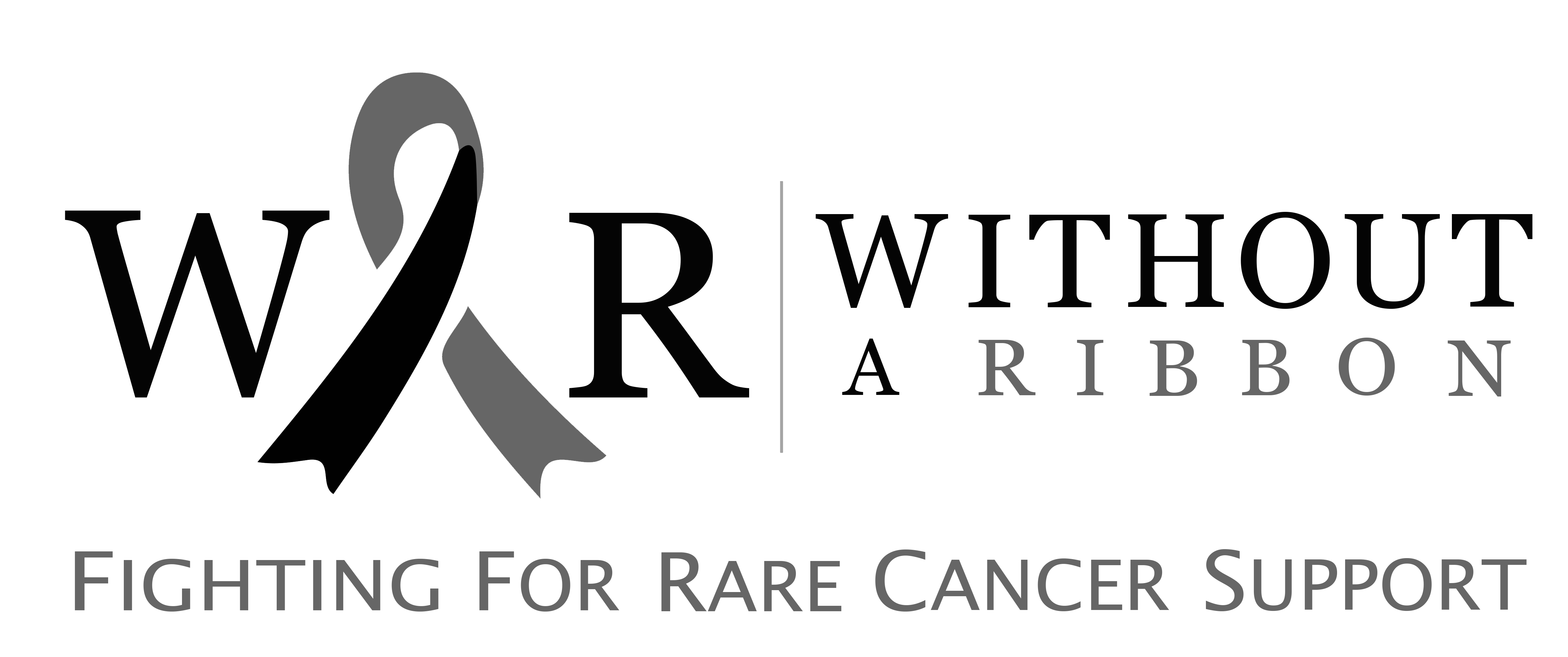What is a Malignant Giant Cell Tumour of the Bone?
Malignant giant cell tumour of the bone is a rare and aggressive form of bone tumour characterized by the presence of multinucleated giant cells and a stromal population of spindle cells. While giant cell tumours (GCTs) of the bone are typically benign, a small percentage become malignant. These malignant GCTs can occur as a transformation of a previously benign GCT or may arise de novo (newly and independently). They most commonly affect the long bones, such as the femur or tibia, and the ends of these bones near the joints.
Symptoms
Symptoms of malignant giant cell tumour of the bone may include:
- Pain and swelling at the tumour site, often worsen over time.
- A palpable mass or noticeable lump.
- Decreased joint mobility if near a joint.
- Increased susceptibility to fractures in the affected bone.
- General symptoms such as fatigue or weight loss, especially if the cancer has spread.
Disease Aetiology (Causes)
The exact cause of malignant transformation in giant cell tumours is not clearly understood. Factors that might contribute include genetic mutations, cellular environment changes, and the history of radiation therapy in the affected area.
Diagnosis
Diagnosing malignant giant cell tumour of the bone involves:
- Physical Examination: To identify any visible or palpable masses and assess pain or swelling.
- Imaging Studies: MRI, CT scans, and X-rays to evaluate the tumour’s size, location, and effect on the surrounding bone and tissue.
- Biopsy: A tissue sample from the tumour is crucial for a definitive diagnosis. Histological examination distinguishes malignant GCT from other bone tumours and benign GCTs.
- Bone Scans and PET Scans: To check for metastasis and the extent of the disease.
Treatment
Treatment for malignant giant cell tumours of the bone generally includes:
- Surgery: The primary treatment, aims to remove the tumour completely. This may involve wide excision, and in some cases, limb salvage procedures or amputation might be necessary.
- Radiation Therapy: Often used post-surgery for local control or if surgery isn’t feasible.
- Chemotherapy: Typically employed for aggressive cases or if there’s a risk of the cancer spreading.
- Targeted Therapy: Treatments targeting specific aspects of the tumour cells may be an option in some cases.
What support can we give for the Malignant Giant Cell Tumour of the Bone?
Malignant Giant Cell Tumour of the Bone is a rare cancer, meaning it is not as well-known as other forms of cancer. Without a Ribbon is an Australian organisation that provides support for individuals who suffer from rare cancers. So, we provide a designated platform for Warriors to obtain information specific to their Rare Cancer. We also provide annual opportunities for our Warriors to meet and learn from each other. If you suffer from rare cancer such as Malignant Giant Cell Tumour of the Bone, we can help and support you through your journey thanks to the generous donations we receive. Click the link below to sign up and become a Warrior today!
You can help us with your donation:
Without a Ribbon is a charity that works hard to aid those who suffer from rare cancers. You can help our cause in a variety of ways:


